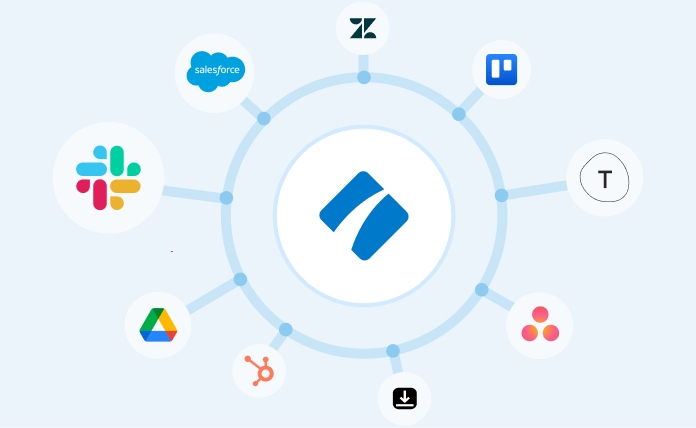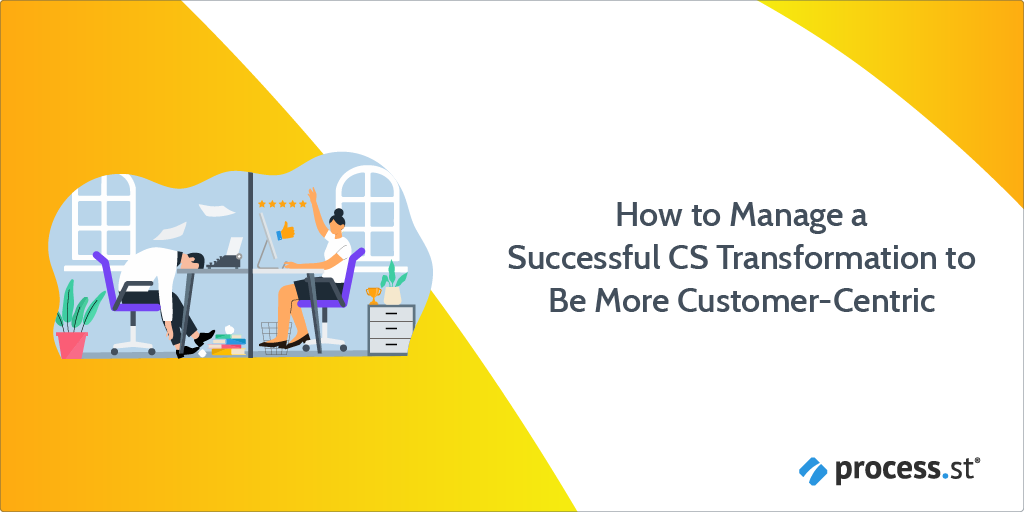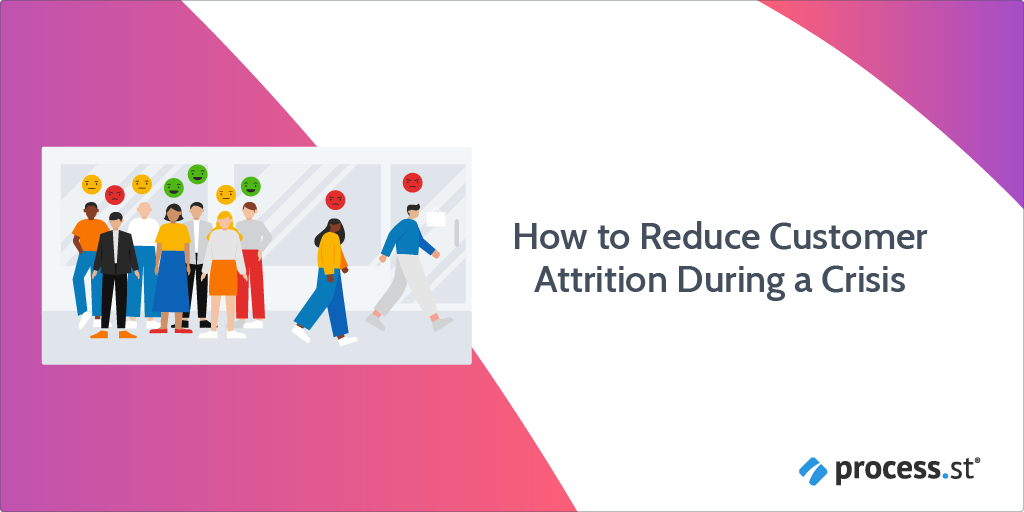
Companies with a customer-centric account health scoring system enjoy a 95% increase in customer retention.
To be more customer-centric, you need an account health scorecard that takes a holistic approach to measure your health and your customers’ health. In this Process Street article, we’ll show you how to do that.
We’ve produced your ultimate workflow guide to help you create this account health scorecard. This template is free for you to use from your Process Street account (you can sign up to create your free account here). This workflow guide has been produced based on the Customer-Centric Digital Transformation report by Deloitte.
You’ll also learn the key benefits you’d expect from taking this holistic approach to measuring an account’s health, with two real-life case studies.
This article is structured as follows:
- Create an account health scorecard that measures customer and business success
- Why you need an account health scorecard
- Case studies: Applying the account health scorecard approach in real life
Let’s get started!
Continue Reading







 Workflows
Workflows Forms
Forms Data Sets
Data Sets Pages
Pages Process AI
Process AI Automations
Automations Analytics
Analytics Apps
Apps Integrations
Integrations
 Property management
Property management
 Human resources
Human resources
 Customer management
Customer management
 Information technology
Information technology




 A recent Deloitte study found a mere
A recent Deloitte study found a mere 


 Do you have a brand that you go back to, time and time again?
Do you have a brand that you go back to, time and time again?

